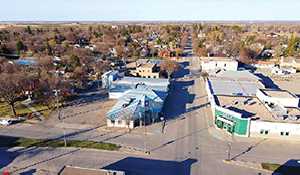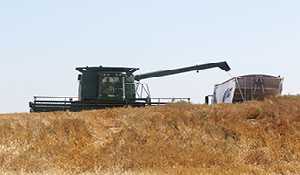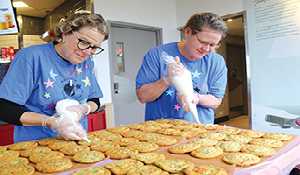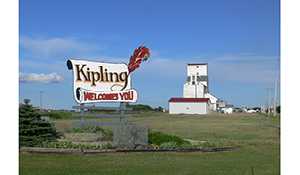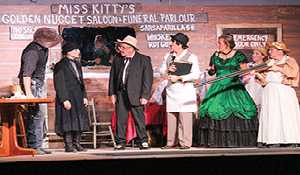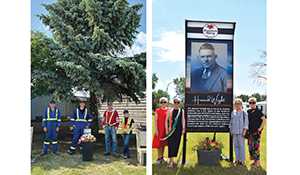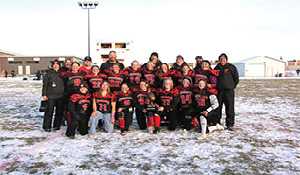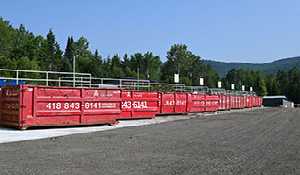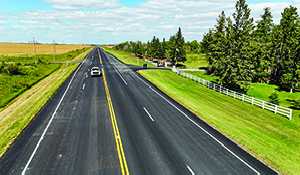Webinar will focus on research farm findings
March 1, 2021, 11:54 am
Spencer Kemp, Local Journalism Initiative Reporter
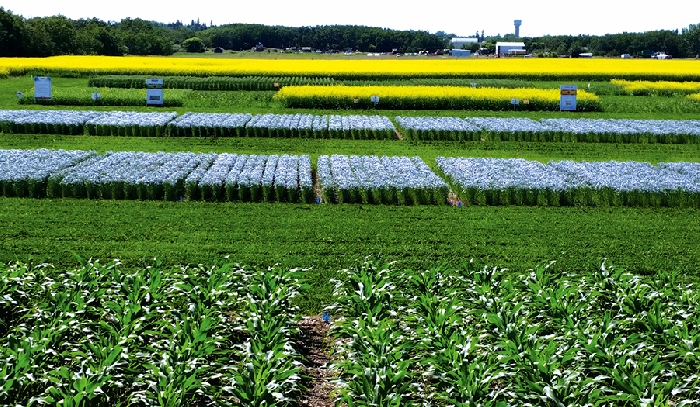

A webinar being held by Parkland College and the East Central Research Foundation (ECRF) will share with producers the results of three different research projects revolving around the use of nitrogen in crops.
Research Coordinator with ECRF, Mike Hall, says everyone is welcome to take part in the webinar.
“The webinar is going to be a little different in that the topics have been prerecorded as videos. We’re going to broadcast them to the participants and stop in between the different topics where I’ll be available to take questions. It’s something a little new that we haven’t tried before,” said Hall.
The webinar will start by discussing ways to increase the protein in late-season crops through nitrogen while avoiding leaf burn.
“The topics that we are covering are things such as trying to increase wheat grain protein with late-season applications of nitrogen. In particular, we’re going to discuss our comparisons between using straight UAN and dissolved urea, and the reason dissolved urea has some interest is because it’s supposed to be softer on the crop. When you’re spraying nitrogen on the crop late-season you have a risk of leaf burn and if you’re increasing grain protein in your crop because you’ve decreased yield, leaf burn becomes counterproductive. There are various ways you can apply late-season applications of nitrogen to try and reduce the injury, and that’s what we had a look at. In that study, we will be looking at the results from about 16 different site-yields from across Saskatchewan.”
Hall says they will also be discussing newer malt barley varieties and their need for additional nitrogen.
“We’re also looking at malt barley as well. Some of the newer varieties of malt barley are higher-yielding and if you’ve ever noticed, the higher-yielding a crop is, the lower the protein content of that crop becomes, because it gets diluted by the extra yield and starch that comes along for the ride in a higher yield. So we’ve made some comparisons between an old variety and compared it to a much higher yielding variety that can have up to a 20 per cent higher yield. Our question that we wanted to answer is that if we have higher yields, can we get away with adding more nitrogen in those crops since the protein content will be lower. We’re going to have a discussion around our results from that.”
The final topic will see a discussion about oak test weights. Hall explained that adding nitrogen lowers the test weights and cost of oats but increases the protein, something Hall believes benefits the buyers.
But if test weights are too low, they can be turned away from the market.
“Lastly we will be talking about our oat test weight. When you’re selling oats into the market, grain milling companies prefer oats of certain test weights. They don’t want to see test weights fall below 245 grams per half-litre, and if they do they will discount them. And if they really fall low to 235 grams per half-litre they will outright reject them. As you increase nitrogen rates in the field of oats, you tend to decrease test weights. But not all varieties are created equal. Some varieties are better at maintaining test weights as nitrogen rates increase than others.
“We’re going to have a look at two varieties in particular where one of them does really well in maintaining a higher test weight as you increase nitrogen rates while the other one does a poor job of it. We found that to be true when we conducted these experiments in what I call the good times and the bad, meaning during drought or during a year where we get adequate rainfall and high yield.”
“This kind of research is small-plot research. We have a research farm that’s just South of Yorkton that is a collaborative effort of two organizations, Parkland College and the East Central Research Foundation, and we share equipment and resources. It’s made the farm much stronger having the two parties involved and so all the work that we do is small-plot replicated work. We have all the small, necessary equipment. With small plot work, we can do a wide variety of things and use statistics to make sure that what we’re seeing is a real difference when we do see yield differences.” Said Hall. “We mostly do field crop research. We’re looking at different fertilizers, pesticides, growth regulators, and varieties. There’s a whole wide range of topics there. We’ll get into some forage results as well. We look at a lot of specialty crops and how well they’ll grow in our area as well as how to grow them. We’re not really set up to do any work with animals, so our research is mostly around field crop research.”
The Research Farm works with local organizations in the are to continue operations.
“ECRF has been around since 1996, but they originally started in Canora. When I came on in 2013, we moved the farm to Yorkton because we started the collaborative effort with Parkland College and then the City of Yorkton has provided us with a key piece of land and we’ve been slowly building a research farm on the rented land there. We’re right beside land owned by the Health Foundation here in Yorkton which is trying to raise money for a hospital. They will farm our fill areas between our research sites and they will make land swaps with us so that we can rotate our trials onto new land. It’s not good to put new trials onto old trials, so we like to give the land a break for three years where we can.”
Around 25 different research projects are undertaken at the Yorkton Research Farm each year ranging from government-funded projects to projects given to them by other organizations.
One such project that is underway is finding a use for saline soil.
The solution that is currently being tested is the use of dormant seeding, which Hall says will potentially help the plants grow before the ground becomes too salty.
“We’ve also tried dormant seeding some forage grasses into salty areas of a producer’s field last fall to try and establish some kind of cover for that land. These are areas where it’s so salty that it can’t raise a crop and it’s kind of a waste to seed in there. We’re trying to establish salt-tolerant grasses that can be used for cattle and that sort of thing. The difficulty is with these areas is that they can be wet in spring, so there is some difficulty getting in there to seed. And by the time you can get in there to seed, they’ve dried up enough that it just increases the saltiness of the land. So if we dormant seed them in the fall, they’re seeded so late in the fall that they don’t germinate until spring when weather conditions and salt conditions won’t be as bad and see if that helps them get a start on that land. We’ll see how that works out, we have a bunch of grass seeds and alfalfa in there that we’re trying.” Hall said.
Those who wish to take part in the webinar are required to register by emailing contact@ecrf.ca.
The free webinar will take place Friday, March 5 at 10:00 AM via Zoom.










